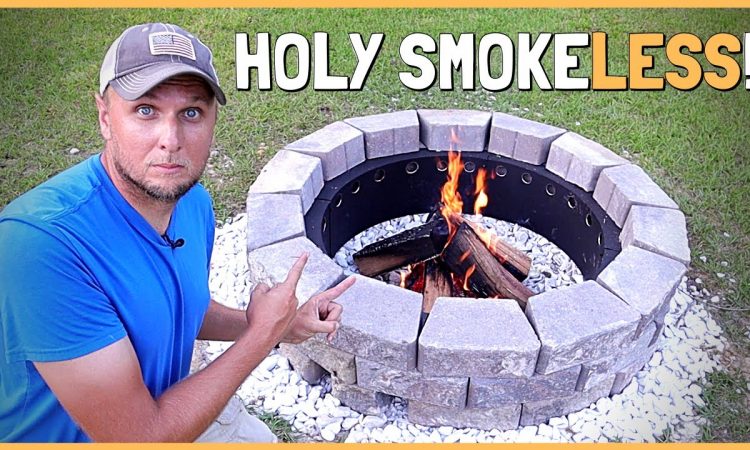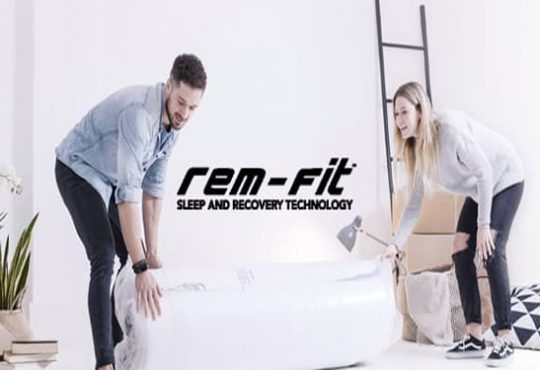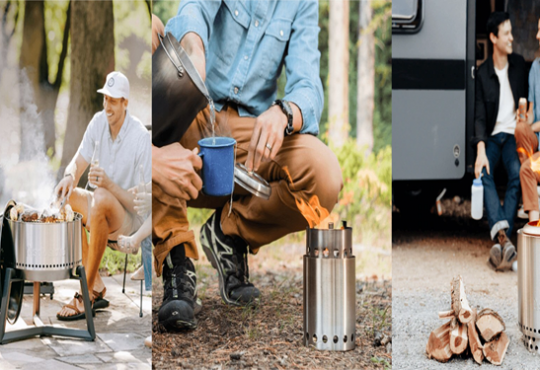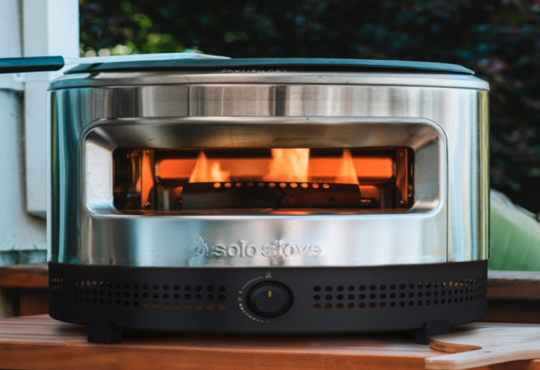
If you love the smell of burning wood but want to avoid the smoke that follows, a smokeless fire might be for you. Smoke isn’t just annoying, it can cause health issues.
A smokeless fire is better for you, the environment, and your wallet. It can also be a lot of fun to have around with friends and family.
What is Smoke?
Smoke is a mixture of gases and small particles that are emitted when a material burns. It contains carbon monoxide, carbon dioxide and particulate matter (PM or soot).
The amount of smoke a fire produces is largely dependent on the fuel that it is burning. If the fuel is efficient it will make use of all the oxygen available to it and complete combustion takes place, producing water vapor and carbon dioxide.
In contrast, smoke will be produced if the fuel is inefficient and does not make full use of the oxygen. It will also be produced if there is excess moisture in the fuel or if non-combustible debris was present.
Breathing smoke can cause a variety of health problems, such as irritation of the eyes, nose, and throat, wheezing, coughing, and breathing difficulties. People who have asthma, a heart condition, or an obstructive lung disease are at particular risk from smoke exposure.
Smokeless Fires
Smokeless fires are a great way to enjoy the benefits of a fire without all of the associated health problems and environmental impact for more info visit our Solo Stove Discount Code site. They burn efficiently and produce less smoke than regular wood fires, making them ideal for people with allergies or asthma.
A smokeless fire can be created in a number of ways, including using charcoal or dry wood. These materials are easy to find, and they offer high temperatures with very little smoke.
Method of Creating a Smokeless Fire
Another method of creating a smokeless fire is to use bricks in an arrangement that will trap heat and keep the fire from spreading. It is also a good idea to feed the fire slowly and only add a few pieces of fuel at a time.
Modern smokeless fire pits are designed to achieve a combination of primary and secondary combustion that effectively burns off most of the smoke. This secondary combustion elevates the airflow so that the flames are very hot, which destroys the majority of the smoke particulates.
How to Make a Smokeless Fire?
Smokeless fires are not only better for your health but they also avoid disturbing insects, birds and other local wildlife. They won’t attract unwanted attention from other campers, too.
The best smokeless fuel is dry wood, such as heartwood. Other options include dry grass, leaves, twigs and paper.
You can make your own smokeless fire using a few simple methods. All you need are dry materials and a little know-how.
Low-Quality Fuel
First, you want to find the right fuel. Low-quality fuel will produce ash and smoke, so be sure to use only good wood.
Secondly, you need to find a way to redirect the airflow to the flames. This means either an upside-down fire or a Dakota fire pit.
The Dakota fire pit method involves digging a hole that is deep enough to conceal the fire but shallow enough to allow oxygen to flow below it. Then, you place smaller rocks on either side of a larger rock to create a fire circle.
Wood-Burning Fire Pit
Smokeless fire pits are a big improvement over the typical wood-burning fire pit most of us are used to. They reduce smoke and also make cleaning up a breeze.
They also produce a more even flame and use forced air to create secondary combustion. This can help improve the burning of a variety of fuels, including wood logs, charcoal, and propane.
Final Words:
Using a smokeless fire pit can be a good option for people with respiratory ailments or who live in a community that is sensitive to lingering smoke from wood-burning stoves and fireplaces. It also can help reduce the amount of toxins in the air that people breathe, so it’s better for your health and the environment.
You can buy a smokeless fire pit online or at your local home improvement store. They are usually made from stainless steel and will not rust. They can withstand frequent use and are easy to transport on camping trips or around your patio.








